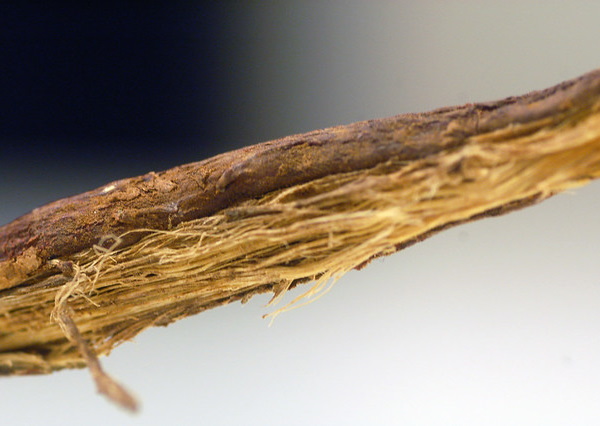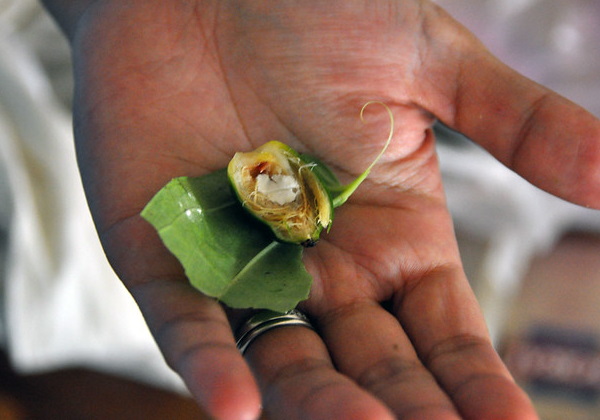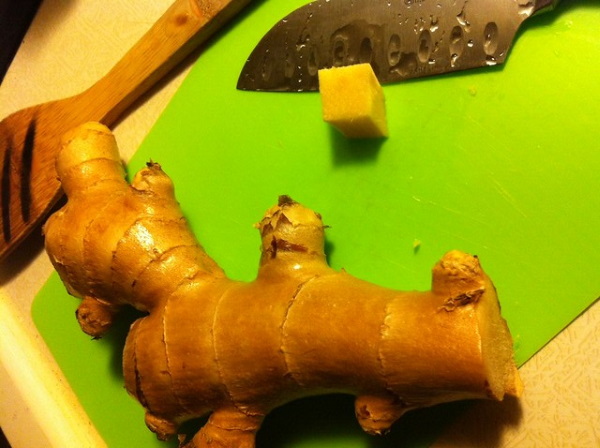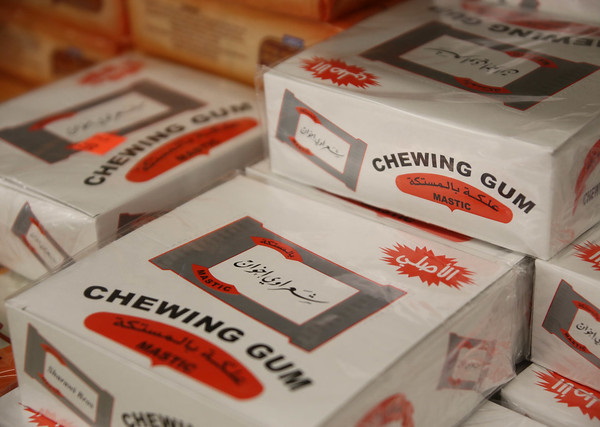We hate to burst your bubble but chewing gum’s popularity has popped like a week-old birthday party balloon. From loosened fillings to loosened bowels to a total ban by one nation, chewing gum has left a bad taste in more than a few mouths. What’s a committed chicle-chomper to do?
Mastic

Serial mastication… it’s a silent (if you keep your mouth closed) time-killer that sounds dirtier than it really is. That said, chronic chewers would do well to get back to basics and when it comes to mastication, it don’t get more basic than mastic. This semi-soft resin is exuded by the Mastic tree (Pistacia lentiscus) and is also known as Yemen Gum, Arabic Gum, and last but not least “Tears of Chios”, after the Greek island where the woody shrubs are traditionally grown. Mastic can be chewed straight from the tree or in a semi-processed format more familiar to urban gum-chewers. (images via Paul Sableman and Güldem Üstün)
Licorice Root

Always popular in the Netherlands, Spain, France and southern Italy, dried licorice root “sticks” and chips are enjoying somewhat of a revival due to their unprocessed nature and unique sweetness. The active ingredient in licorice root is glycyrrhizin, an organic compound that’s 30 to 50 times as sweet as table sugar yet does not lead to tooth decay. Licorice root sticks are also ideal for UC, IBS and Crohn’s sufferers since unlike commercial chewing gums, they don’t contain any sorbitol, mannitol, xylitol or other “-tol” compounds that play havoc with sensitive guts. (image via denAsuncioner)
Betel Nut

Betel nuts may be an alternative to chewing gum but the habit isn’t recommended… and hundreds of millions of adherents CAN be wrong. Betel nuts aren’t nuts per se – they’re actually thin slices of woody Areca palm berry wrapped in aromatic Betel leaves. Chewing the packet is said to provide a warming and stimulating feeling. Less-positive effects include kidney disease, psychosis, oral cancer, and bright red saliva that is usually spat on the ground. Betel nut chewers can be found from the Indian subcontinent and China east to Indonesia and the island nations of the South Pacific. Although most governmental authorities generally discourage the practice, Singapore has upheld a ban on most forms of chewing gum since 1992. Go figure. (image via denAsuncioner)
Ginger Root

Sliced fresh ginger root is an excellent chewing gum substitute on a number of levels. It’s pure and “paleo” for those into the popular back-to-basics diet, and its natural anti-inflammatory properties both soothe the tummy and subdue nausea when traveling. Fresh-sliced ginger root is er, really gingery, however, so start small size-wise and work your way up. But wait, there’s more: when the flavor’s gone, feel free to swallow – everyone’s diet could use a little extra fiber. (image via lee leblanc)
Chews-ing to live a more eco-friendly lifestyle? Check out Sipping Point: CHEW Redefines The Reuseable Straw!




